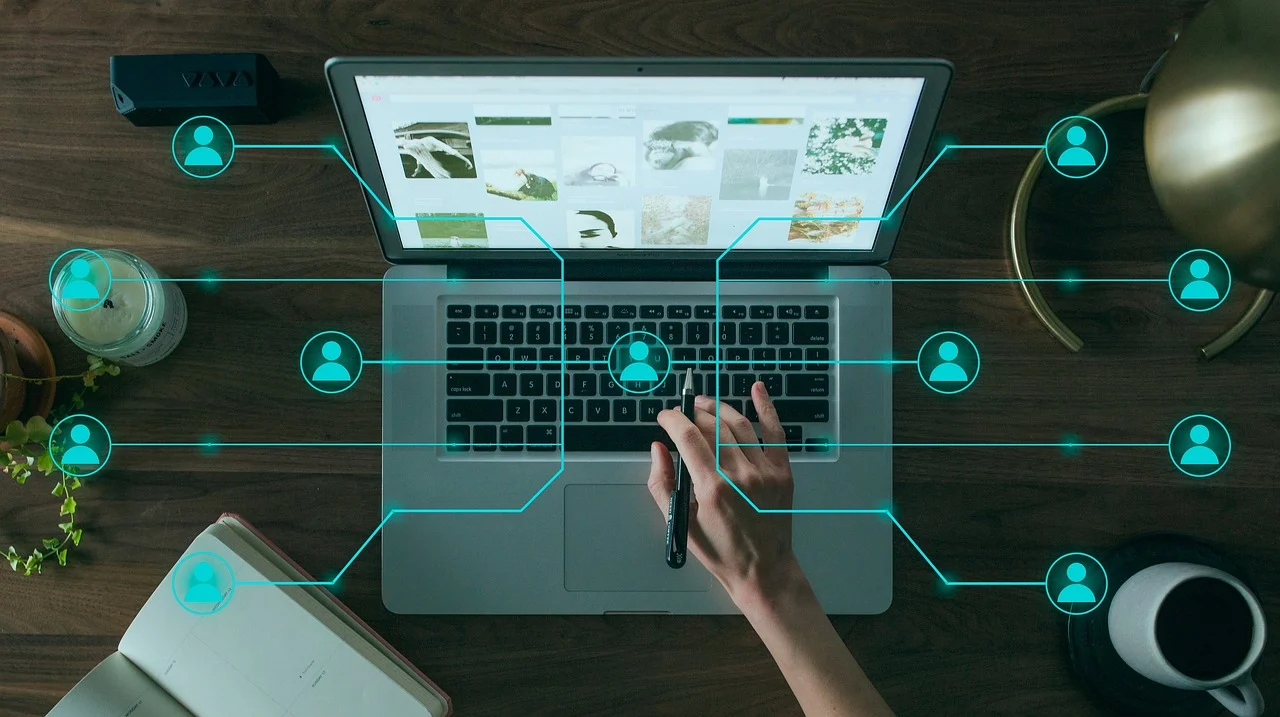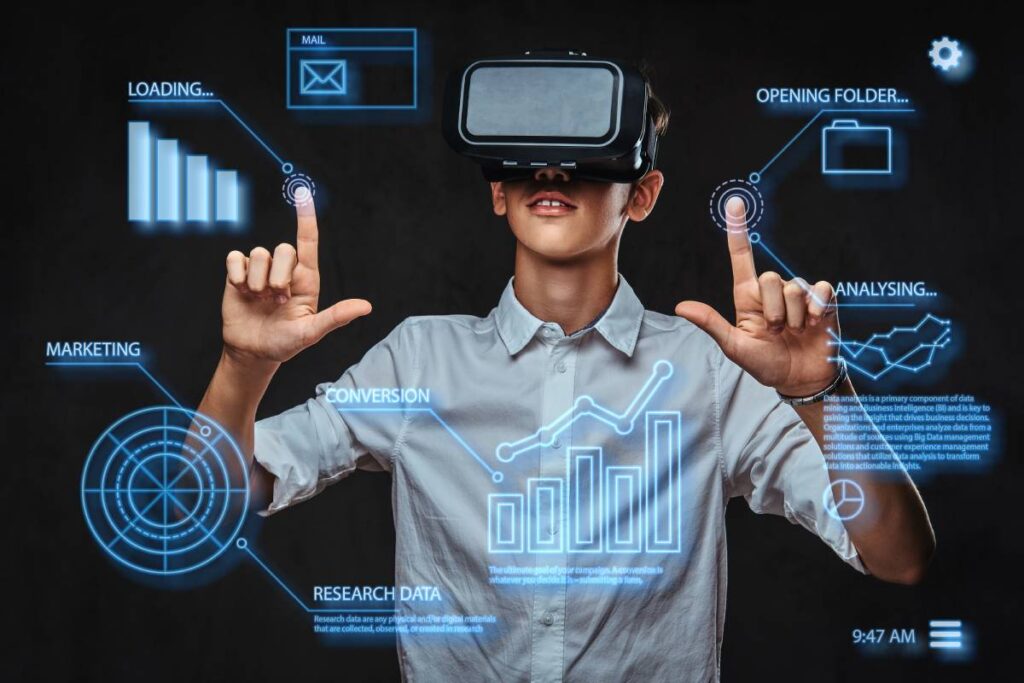In recent years, 5G technology has emerged as a revolutionary force in the realm of communication and connectivity. This next-generation wireless technology promises to deliver unprecedented speed, lower latency, and enhanced reliability, fundamentally transforming how we connect with each other and the world around us. As we delve into the intricacies of 5G, we will explore its potential to reshape industries, improve everyday communication, and foster innovation in ways previously thought impossible.
Throughout this article, you will discover the key features that set 5G apart from its predecessors, including its ability to support a vast number of devices simultaneously and its role in enabling the Internet of Things (IoT). We will also examine the implications of 5G technology on various sectors, such as healthcare, transportation, and entertainment, highlighting real-world applications that are already making a significant impact. Furthermore, we will discuss the challenges and considerations that come with the rollout of 5G networks, ensuring you have a comprehensive understanding of this transformative technology.
As we embark on this journey to uncover how 5G technology is reshaping communication and connectivity, we invite you to stay engaged and explore the exciting possibilities that lie ahead. Whether you are a tech enthusiast, a business leader, or simply curious about the future of connectivity, this article will provide valuable insights that will enhance your understanding of the 5G landscape. Read on to learn more about the future of communication!
5G technology represents a significant leap forward in mobile communication, offering faster speeds, lower latency, and greater connectivity. This article explores various aspects of how 5G is transforming the way we communicate and connect.
Enhanced Mobile Broadband
One of the most significant advancements brought by 5G technology is enhanced mobile broadband (eMBB). This feature allows users to experience ultra-fast internet speeds, enabling seamless streaming of high-definition videos and quick downloads. With 5G, users can expect speeds that are up to 100 times faster than 4G, making it possible to download large files in seconds.
The implications of eMBB extend beyond personal use; businesses can leverage these speeds for real-time data analysis and cloud computing. This capability is particularly beneficial for industries that rely on large data transfers, such as media and entertainment, healthcare, and education.
Low Latency Communication
5G technology significantly reduces latency, which is the delay before a transfer of data begins following an instruction. With latencies as low as 1 millisecond, 5G enables real-time communication, which is crucial for applications like online gaming, virtual reality (VR), and augmented reality (AR). This low latency creates a more immersive experience for users, making interactions feel instantaneous.
Moreover, low latency is essential for critical applications such as remote surgery and autonomous vehicles, where every millisecond counts. The ability to communicate in real-time can enhance safety and efficiency in various sectors, including transportation and healthcare.
Internet of Things (IoT) Integration
5G technology plays a pivotal role in the expansion of the Internet of Things (IoT). With its ability to connect a vast number of devices simultaneously, 5G facilitates the growth of smart cities, smart homes, and industrial automation. This connectivity allows for the seamless exchange of data between devices, leading to improved efficiency and convenience.
For instance, in smart cities, 5G can support connected traffic systems that optimize traffic flow and reduce congestion. In homes, smart appliances can communicate with each other, enhancing energy efficiency and user experience. The potential for IoT integration with 5G is vast, promising a more interconnected world.
Improved Network Reliability
Reliability is a critical factor in communication technology, and 5G offers significant improvements in this area. The architecture of 5G networks is designed to provide consistent connectivity, even in densely populated areas. This reliability is crucial for applications that require uninterrupted service, such as emergency response systems and critical infrastructure.
Additionally, 5G networks utilize advanced technologies like network slicing, which allows operators to create multiple virtual networks within a single physical network. This capability ensures that different applications can operate without interference, enhancing overall network reliability.
Economic Impact and Job Creation
The rollout of 5G technology is expected to have a substantial economic impact, creating millions of jobs and contributing to GDP growth. As businesses adopt 5G, new opportunities will arise in various sectors, including telecommunications, manufacturing, and technology. The demand for skilled workers in these fields will increase, leading to job creation and workforce development.
Moreover, 5G can drive innovation, enabling startups and established companies to develop new products and services. This economic boost can lead to increased investment in research and development, further propelling technological advancements.
Challenges and Concerns
Despite its many benefits, the implementation of 5G technology also presents challenges and concerns. Issues such as infrastructure costs, regulatory hurdles, and security risks must be addressed to ensure a successful rollout. Building the necessary infrastructure for 5G requires significant investment, which can be a barrier for some regions.
Additionally, as more devices become connected, the potential for cyber threats increases. Ensuring the security of 5G networks is paramount to protect sensitive data and maintain user trust. Addressing these challenges will be crucial for the widespread adoption of 5G technology.
Global Connectivity and Digital Divide
5G technology has the potential to bridge the digital divide by providing high-speed internet access to underserved areas. With improved connectivity, rural and remote communities can access educational resources, telehealth services, and economic opportunities that were previously unavailable.
However, achieving global connectivity requires collaboration between governments, private sectors, and communities. Investments in infrastructure and policies that promote equitable access to technology will be essential to ensure that the benefits of 5G are shared by all.
Future Trends in Communication
The future of communication is being reshaped by 5G technology, with trends such as edge computing, AI integration, and enhanced mobile experiences on the horizon. Edge computing allows data processing to occur closer to the source, reducing latency and improving efficiency. This trend will complement 5G’s capabilities, enabling faster and more responsive applications.
Furthermore, the integration of artificial intelligence (AI) with 5G can lead to smarter networks that optimize performance and enhance user experiences. As these technologies evolve, they will continue to transform the landscape of communication and connectivity, paving the way for innovative solutions and applications.
| Aspect | Description |
|---|---|
| Speed | 5G technology offers significantly higher data transfer speeds compared to its predecessors, with potential speeds exceeding 10 Gbps, enabling faster downloads and smoother streaming. |
| Latency | 5G reduces latency to as low as 1 millisecond, allowing for real-time communication and interaction, which is crucial for applications like gaming and autonomous vehicles. |
| Capacity | 5G networks can support a larger number of devices per square kilometer, making it ideal for densely populated areas and the growing Internet of Things (IoT). |
| Connectivity | 5G enhances connectivity by enabling seamless communication between devices, facilitating smart cities, connected vehicles, and advanced healthcare solutions. |
| Applications | 5G technology supports a wide range of applications, including augmented reality (AR), virtual reality (VR), telemedicine, and smart manufacturing, transforming various industries. |
| Economic Impact | The rollout of 5G is expected to contribute significantly to global economic growth, creating jobs and fostering innovation across multiple sectors. |
| Challenges | Despite its advantages, 5G faces challenges such as infrastructure costs, regulatory hurdles, and concerns over security and privacy. |



